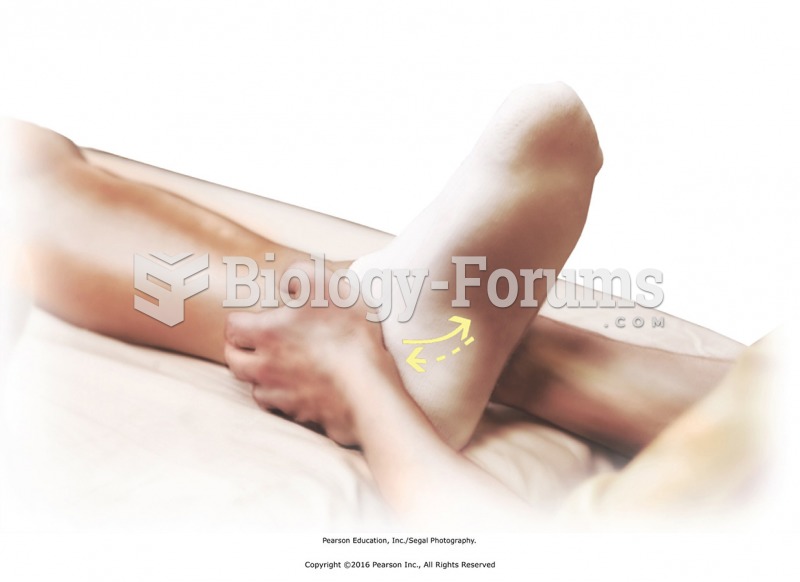|
|
|
Approximately 25% of all reported medication errors result from some kind of name confusion.
Intradermal injections are somewhat difficult to correctly administer because the skin layers are so thin that it is easy to accidentally punch through to the deeper subcutaneous layer.
As the western states of America were settled, pioneers often had to drink rancid water from ponds and other sources. This often resulted in chronic diarrhea, causing many cases of dehydration and death that could have been avoided if clean water had been available.
More than 50% of American adults have oral herpes, which is commonly known as "cold sores" or "fever blisters." The herpes virus can be active on the skin surface without showing any signs or causing any symptoms.
Asthma-like symptoms were first recorded about 3,500 years ago in Egypt. The first manuscript specifically written about asthma was in the year 1190, describing a condition characterized by sudden breathlessness. The treatments listed in this manuscript include chicken soup, herbs, and sexual abstinence.
 Upward social mobility, though welcome, can place people in a world so different from their world of ...
Upward social mobility, though welcome, can place people in a world so different from their world of ...
 How Mendel’s theory accounts for the results of his experiment on the inheritance of seed color in ...
How Mendel’s theory accounts for the results of his experiment on the inheritance of seed color in ...





